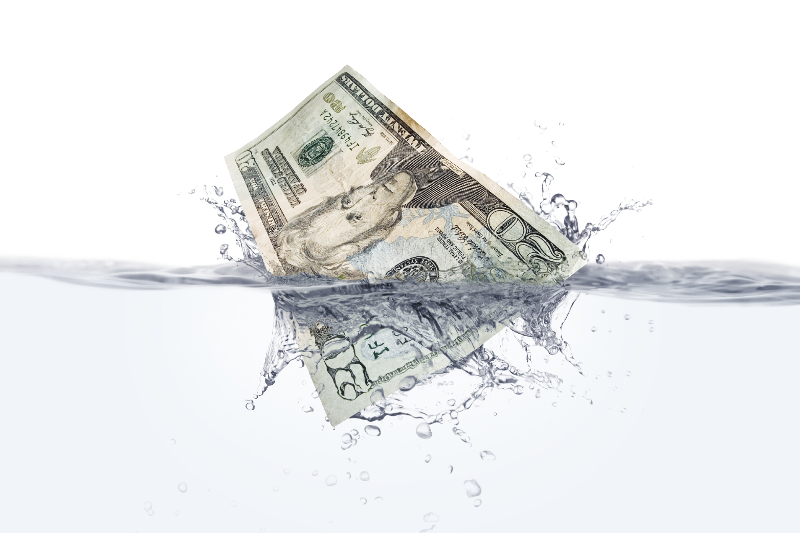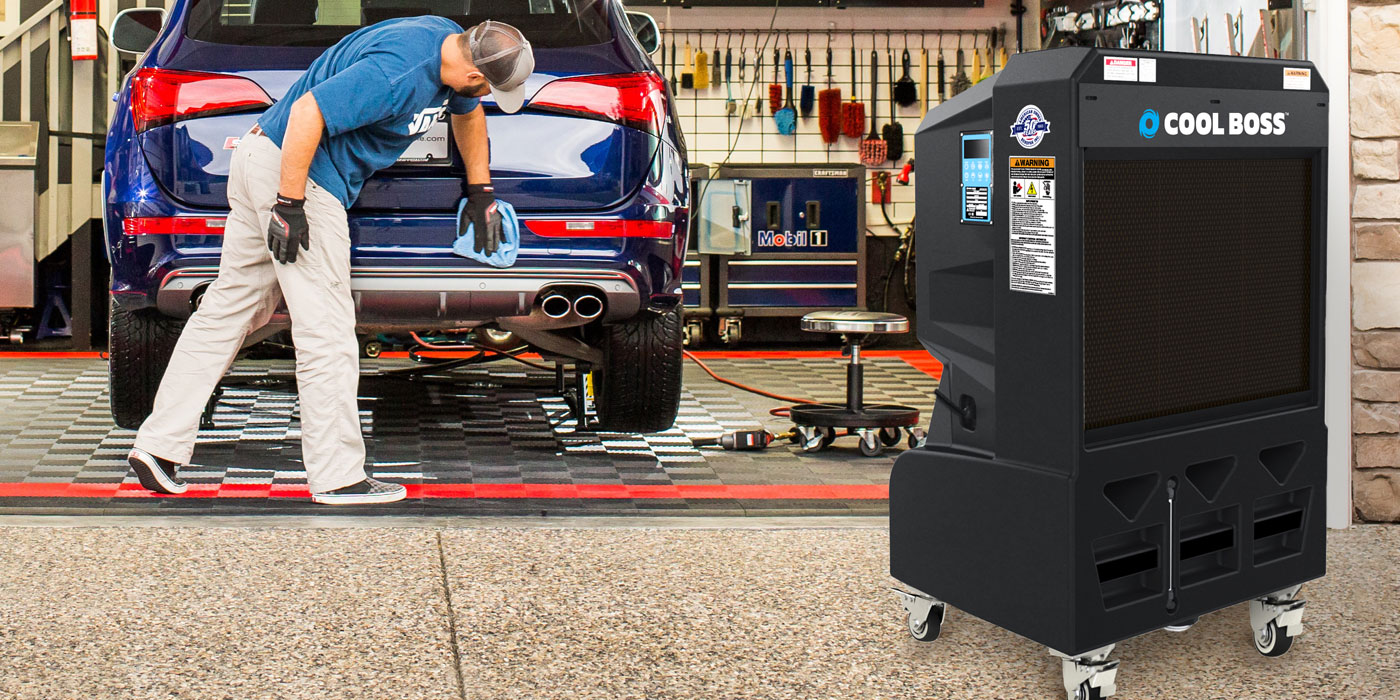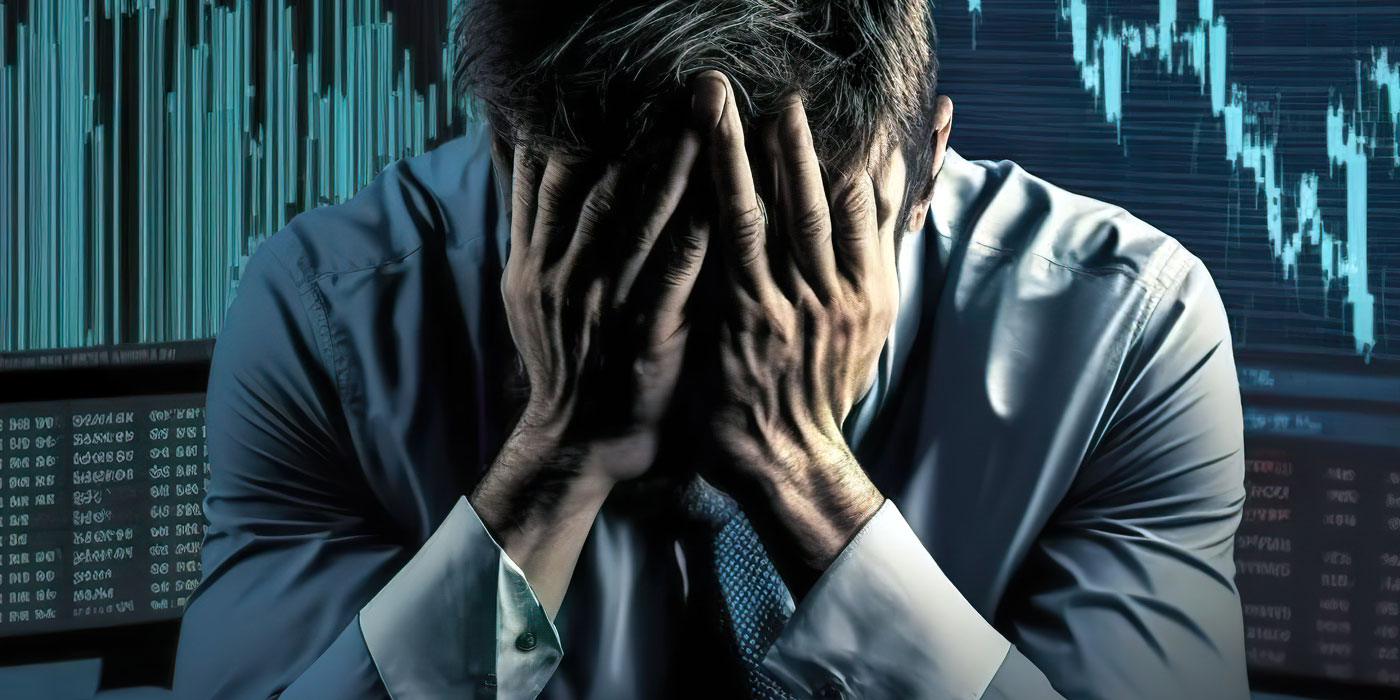One of the most searched questions in carwashing is the average profit margin per car washed. The answer varies depending on factors like the region, quality of the vehicle output, quality of the operator and equipment brand.
Factors that influence your margin
Region: This impacts your electric rates, water and sewer rates, and labor costs. Average ticket price (revenue) is a more consistent number but can still vary from market to market. The biggest impact on average revenue per car is the service offering and the menu format. Average revenue doesn’t differ as much based on regional demographics as you would think. In fact from Europe to Australia the average revenue per car (services being equal) is quite close.
Read also: Business operations articles
Vehicle Quality: This will impact your margin per car as cleanliness, shininess, dryness and speed all cost money. Increased soap output produces a better quality, as does more electricity usage for drying. It also costs more to wash cars faster. You might think, wait, if I slow down my conveyor the soap is on longer and more water, and more electricity is used so it costs more. That can be true in the short term, if the same tunnel setup with no adjustments running faster can reduce costs and slower increase costs, but when properly adjusted, or dialed in at a certain speed, a faster processing tunnel needs more equipment. Think of it as “people on an assembly line.” When properly adjusted, you’ll still use the same chemical amount and water per car, but with more machinery to move the belt faster, which results in a higher cost per car. Therefore, an 80-foot tunnel has a cost advantage over an 180-foot long tunnel, all things being equal, but at a production disadvantage.
Operator Expertise: This plays a part in your gross profit per car. Great operators are “dialed in,” meaning things are working properly to get the most bang for their buck. For example, offering a service like a triple coat and applying it low on the vehicle (like the wheels) would be incorrect. In most cases this service runs from door handle height and up, as it’s mostly for show. Therefore, it’s important to cover the painted surfaces and windows, but that’s all. Today we’re finding operator excellence can be an even greater differentiator in cost per car. With all functions being line-of-site control from the controller interface and tip adjustments, we’re seeing greatly reduced cost per cars in these newer systems giving them a competitive advantage over older systems. This is due to precise dial ins. You think a little soap on the floor is no big deal, but look at it this way: If you stand in the tunnel, look at one car in terms of your annual ROI. If the goal is to make a reasonable rate of return, look at a single car and divide it up looking at its length as 100 percent. The way I view our tunnels is a single pulse adjustment or setting in the controller may be equal to 5 percent of the vehicle’s length. Therefore, a correction of a single pulse = a 5 percent annual return on investment increase. Therefore, just one pulse adjustment could mean a 5 percent additional return on your money difference. Similar to not applying triple coat where it’s not needed, be sure on a busy day that there’s not a lot of soap on the floor. Great operators also produce higher revenue per car through consistent upsell messages and better service offerings. We’ve seen in some cases an auto sentry unit outselling a human cashier by as much as $1 per car. Most who have this comparison also see the difference and it’s simple: The auto sentry says the same story every time requesting the customer to upgrade to the additional services. When Rain-X came on the market we worked with our cashiers to determine the best way to pitch the product. We created written scripts with specific wording and found that our à la carte upsales ranged from 1 percent to 12 percent when the specific wording was altered.
Read also: Water needs 101
Equipment Quality: This will impact your gross margins as some equipment has higher depreciation costs, and some equipment can be less efficient than others. Since equipment is a primary component it’s important to learn and understand the costs associated with an equipment package. Horsepower and amp load to clean a car equals money. Be sure to factor in repair and maintenance costs for the short-term annual replacements like cloth, and then finally the long term depreciation costs based on the life of the equipment.
Determining cost per car
We’ll look at two methods of breaking down costs and margin per car. First, specifically looking at the variable cost per car only, and then secondly looking at the real overall cost per car where we divide all costs including fixed costs by car count and determine a cost per car figure on all costs. Realize that the more cars you wash, your variable costs increase linear but your fixed costs per car get reduced as they are divided among higher volume making them look smaller. Here is a snapshot of some of these costs with explanations.
Variable Costs
Typically includes:
1. Electricity
2. Natural gas
3. Water
4. Chemicals
5. Customer claims
|
Cost per car based on our 2013 figures. |
||
| Electricity | $.50 | Primarily, blowers account for roughly 60%-70% of the site’s power consumption. Electricity has some efficiency when busy, when motors keep running they cost less than starting and stopping them. Therefore on a busy day the electric cost per car may be $.25 / car, but when starting up all motors for one car may be $1.00 / car, as the $.50 / car is an average. More about that in a minute. |
| Natural Gas | $.12 | For about half the country, hot water, heated dryers, and bay heating will all vary based on quantity of cars washed. |
| Water | $.16 | Water per car typically runs from about 45-65 gallons. Reclaim systems can reduce the usage of fresh water and sewer costs. Use reclaim cautiously, too much can increase chemical costs and bay cleaning costs and contradict the purpose. |
| Detergents | $.64 | Chemical cost per car is an average of the wash packages, meaning a base wash may for instance cost around $.45 in chemicals and a top wash more around $1.20 with our average being $.64 per car. Detergent costs also vary by supplier and discount levels, which are often based on order volume. Proper dial in reduces chemical consumption and lowers costs. |
| Claims | $.10 | Customer claims vary both by equipment package as well as policy of payout, which differ greatly between operations. Better camera systems almost always pay for themselves to disprove false claims and improve PR. A customer claims comparison also can be deceiving due to catastrophic claims which greatly skew the figures. For instance scratching a wheel and having to replace a set of wheels might equal the cost of 100 antennas therefore breaking down the cost per car might look more like $.05/ car for “normal” claims and $.05/ car in freak accident claims. |
| Repair and Maintenance | $.47 | Repair and maintenance costs are depressing, because they will be the lowest in a new facility (virtually zero) and increase every year for the rest of your life. As volume goes up so does repair and maintenance costs. Our costs are higher due to older facilities, (25-30 years old), maximum expensed versus depreciating costs, and more frequent updates for testing. This is all facility maintenance, like digging the pits, and upkeep. We work to constantly maintain and improve to keep the facilities up to par. |
Fixed costs examples:
| Site Labor | $1.24 | In an express model the labor often doesn’t change based on volume; we run the same labor to wash 10 cars as we do on an 1,500 car day. When measuring fixed costs using a cost per car comparison realize the number will be reduced when more cars are washed and increased with fewer cars. |
| Office / Central Labor & expenses | $1.00 | Central costs include marketing department and expenses, management team, accounting personnel, landscape crews, facility rent & maintenance team, insurance, fees, etc. |
| Rent / Mortgage | – | Depending on business. |
| Property Tax | – | Differ greatly by location. |
Cost to wash a club member…
With the monthly wash club programs, which have proven to be a game changer, we’ve tried to determine the cost to wash a club member’s car. Initially, we took the approach of a normally busy day with paid customers lined up, and then, slipping a club member in between two paid cars, to see what the cost looks like: Costs incurred would be:
- Water 100% of the norm per car
- Detergents 100%
- Claims 100%
- Natural gas may be in part, and
- Electric, with a large reduction as all equipment’s already running and remains running.
Read also: Starting a carwash articles
This brought us to a nice, fairly low cost per car number to wash an additional car “when it’s busy.” However we then realized, this isn’t always the case. It’s often the monthly club member comes through on a rainy day and turns on the wash just for themselves counteracting the efficiency and in fact costing in excess of a normal average paying customer. In this case, they may be the high per car electric load we referred to earlier when starting all systems just for one car. The club program has been a widespread success, but the cost implication varies in this case.
Live or die by understanding REAL cost per car:
Through the providing of a “service” where our main deliverance to the customer is wear and tear on equipment, it’s important to understand the difference in this business. It’s a business model similar to a jet airplane in the sense that half the costs are now (fuel), and half later (engine overhaul), which is why the money is set aside per hour for engine rebuild. Like a carwash, we see around half our cost upfront with our variable costs and half down the road when we replace or repair the equipment. Contrast this against a restaurant where a clear costing is happening more in the present time and the success or failure isn’t quite so dependent on the dishwasher. The cost of goods is more immediate and clear. Often, this principle produces false riches for new carwash operators unaware of the high depreciation costs that will bite them down the road. That depreciation cost could be as high as $.84/car that you’re assuming for that vehicle to wear and tear on your equipment. Treat your revenue like “rent” to utilize your equipment package. Understand the difference at your wash between your immediate cost per vehicle and your future cost, which you’ll certainly incur to keep pace with the industry and new technology. Depreciation isn’t a perk on your taxes; it’s a real expense. One of your biggest assets loses value with every car washed, as you are providing a service.
One of the biggest strategic decisions we’ve made at our washes is to use stainless steel carwash equipment. We pay about 10 percent more upfront for the premium grade product, but we recoup it in the long run. We’ve been able to run our equipment for 10 years, then resell it and recoup 50 percent of the present day value. Factoring in price increases and inflation we’ve recouped virtually 60-70 percent of our initial investment. Stainless steel can be shined up, and with new bearings and new cloth it can easily be resold to a vast base of operators who hunt for used stainless steel equipment. This has helped us reduce our actual depreciation cost per car to a far lower number. In the long run stainless steel equipment makes our overall cost of ownership less than the lower grade equipment materials that may have a deceivingly lower cost upfront.
Gross margin per car is a factor of geographic region, quality of the vehicle output, quality of the operator and by equipment package. Check out your local utility costs in advance to compare rates, however, as long as all your competitors are paying the same, then you’re all on the same playing field and it may not matter. Quality of the vehicle is a choice to put out a great product and keep customers coming back for the long term. By paying attention, and being a quality operator, you’ll maintain a “fine tuned” machine where you’ll have a cost advantage as well as better upsale consistency. And lastly, by using an equipment package with energy efficiency as well as longevity for resale value to reduce total cost of ownership, you’ll have a higher real gross margin per car.
Ryan Essenburg is president of Tommy Car Wash Systems. He can be reached at [email protected] or by calling (616) 795-4970. For more information on Tommy Car Wash Systems, visit www.tommycarwash.com.














